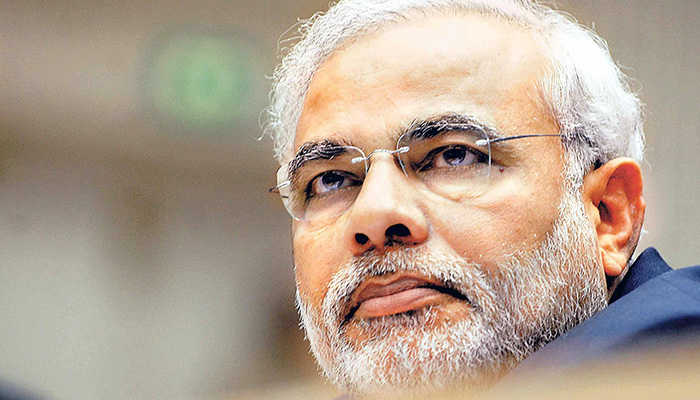Among all the exotic things that a foreigner might encounter at the various tourist spots across India, one particular aspect that would definitely catch his attention, is the sachet phenomenon. Sachets can be found for various products, ranging from shampoos to toothpastes, which are not only a boon to travelers, but also to rural households who prefer them due to economic reasons and usage patterns. How & when did sachets become such an integral part of India?
Among all the exotic things that a foreigner might encounter at the various tourist spots across India, one particular aspect that would definitely catch his attention, is the sachet phenomenon. Sachets can be found for various products, ranging from shampoos to toothpastes, which are not only a boon to travelers, but also to rural households who prefer them due to economic reasons and usage patterns. How & when did sachets become such an integral part of India?
The origins of the sachet revolution in India can be traced all the way to the 1970s, when Chinni Krishnan, an agriculturist, had begun to notice a growing divide in consumption patterns between rural & urban. While on the one hand, the urban dwellers had embraced products like shampoo, cream, etc as part of their normal lifestyle, on the other hand, the rural masses couldn't afford to try them even sparingly, because those packs usually came in large sizes like 1 kg, 500 ml etc, which raised the entry barrier.
That's when Chinni Krishnan (CK) felt the need for a revolutionary concept in the market so that "The rural could also experience, atleast once in a while, what the urban enjoyed everyday". He experimented with PVC packaging techniques and came up with a tiny, flexible form factor in which powder or liquids could be filled without any leakages. With this technique, he supplied talcum powder, iodine salt,, herbal powder, etc in tiny unbranded packs to kirana stores, which laid the foundation for sachet revolution.
By the early 1980s, his son Ranganathan carried forward CK's legacy by transforming it from an unbranded to a branded player, with the launch a new shampoo brand priced at just 50 paise per sachet. Acknowledging the role of his father in the sachet revolution, he named the new shampoo by combining first syllables of CK's first name & last name, and thus came up with the brand name "Chi"nni + "K"rishnan => Chik. It turned out to be a huge hit in rural areas where villagers who wanted to use shampoos once in a while, but were intimidated by conventional packs, felt sachets were ideal for their usage patterns & low entry barrier.
Multinational Giants like Hindustan Lever were dumbstruck when they found that millions of kirana stores & roadside tea stalls were enthusiastically stocking Chik shampoo sachets due to their rising popularity & high demand. That's how a small Indian brand had forced MNCs to go back to their drawing boards by late 80s, who eventually imitated the same strategy i.e by offering their products also in sachets, thereby ushering in the sachet revolution.
Over time, CK Ranganathan replicated Chik's sachet success into various other sub-brands including Meera (Herbal), Ruchi (Pickles), etc, and brought them under one corporate structure, called CavinKare Limited, a proud Indian company which is continuing to grab market share from MNCs by catering to the needs of all sections of the society through innovative products & pricing, thus further bridging the urban-rural divide.



Comments